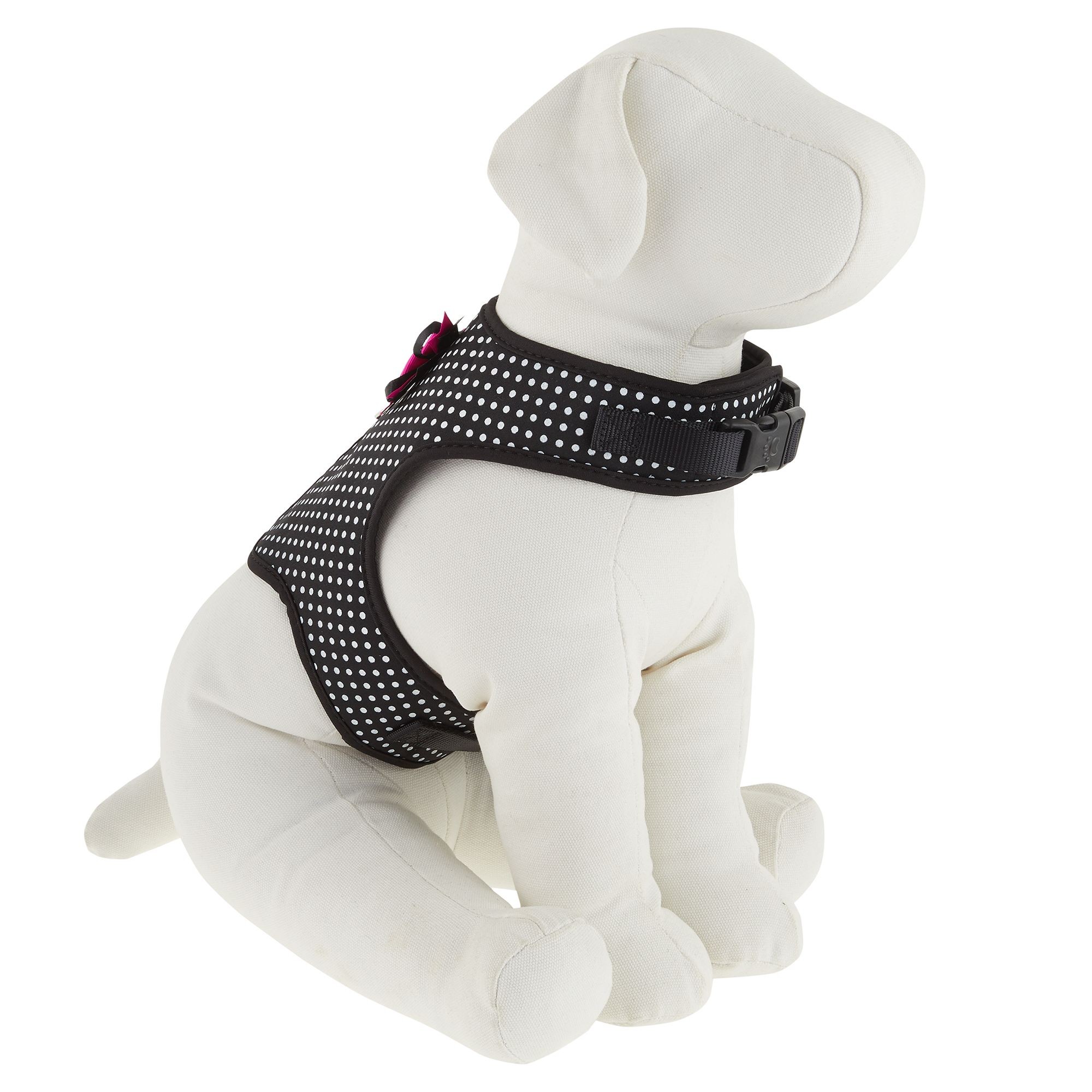Bearded dragons, known for their distinctive “beards” that inflate when agitated or excited, make wonderful reptile companions, even for beginners. But before welcoming one into your home, understanding the costs involved is crucial. This guide breaks down the initial and ongoing expenses of owning a bearded dragon.
Initial Costs of Getting a Bearded Dragon
The initial cost of a bearded dragon includes the animal itself and its habitat setup.
-
Bearded Dragon Price: The price of a bearded dragon can range from $50 to $500, depending on the morph (color and pattern variation), age, and breeder. Common morphs are generally more affordable.
-
Enclosure: A 40-gallon breeder tank is the minimum size for a juvenile, but adults require a larger enclosure, typically a 75-120 gallon tank. New tanks can range from $100 to $400, while used tanks may be cheaper.
 Bearded dragon in its habitat
Bearded dragon in its habitat
-
Lighting and Heating: Bearded dragons need both UVB and basking lights. A UVB bulb is essential for vitamin D3 synthesis and preventing metabolic bone disease. A basking bulb provides heat for thermoregulation. These can cost between $50 and $150.
-
Heating and Lighting Fixtures: You will need fixtures to hold the bulbs. These can range from basic clamp lamps to more sophisticated hoods, costing $20 to $80.
-
Substrate: The substrate is the material that lines the bottom of the tank. Paper towels, reptile carpet, or non-adhesive shelf liner are safe and easy-to-clean options. Avoid sand, as it can cause impaction if ingested. Substrate costs typically range from $10 to $30.
-
Hides and Decor: Bearded dragons need places to hide and climb. Provide a few hides, branches, and rocks for enrichment. These items can cost $20 to $50.
-
Thermometer and Hygrometer: Monitoring temperature and humidity is crucial. A digital thermometer and hygrometer combo can be purchased for $10 to $30.
Ongoing Costs of Owning a Bearded Dragon
Beyond the initial setup, there are recurring costs to consider.
-
Food: Bearded dragons are omnivores, eating both insects and vegetables. Insects like crickets, dubia roaches, and mealworms can cost $20 to $50 per month. Fresh vegetables like collard greens, mustard greens, and squash should also be provided daily, adding another $10 to $20 per month.
-
Supplements: Calcium and vitamin D3 supplements are essential, especially for young, growing dragons. These typically cost $10 to $20 per month.
-
Electricity: Heating and lighting the enclosure will increase your electricity bill. The exact cost depends on your local rates and the wattage of your bulbs, but expect an increase of $10 to $30 per month.
-
Bulb Replacements: UVB bulbs need to be replaced every 6 months, even if they are still working, as their UVB output decreases over time. Basking bulbs also need to be replaced as they burn out. This can cost $20 to $50 every few months.
-
Veterinary Care: Regular checkups are essential for maintaining your bearded dragon’s health. A yearly vet visit can cost $50 to $100. Unexpected illnesses or injuries can result in higher vet bills.
Cost Breakdown Summary
Here’s a summary of the estimated costs:
Initial Costs:
- Bearded Dragon: $50 – $500
- Enclosure: $100 – $400
- Lighting and Heating: $50 – $150
- Fixtures: $20 – $80
- Substrate: $10 – $30
- Decor: $20 – $50
- Thermometer/Hygrometer: $10 – $30
Total Initial Costs: $260 – $1240
Ongoing Costs (Monthly):
- Food: $30 – $70
- Supplements: $10 – $20
- Electricity: $10 – $30
Total Ongoing Costs: $50 – $120 per month
Additional Considerations
- Emergency Fund: It’s always a good idea to have an emergency fund for unexpected vet bills or equipment failures.
- Pet Insurance: Consider pet insurance to help cover the costs of veterinary care.
- DIY Options: Building your own enclosure or creating your own decor can save money.
Conclusion
Owning a bearded dragon can be a rewarding experience, but it’s important to be prepared for the financial commitment. By understanding the initial and ongoing costs, you can ensure that you can provide your bearded dragon with the care it needs to thrive. Remember that these are estimated costs, and the actual expenses may vary depending on your location and lifestyle.